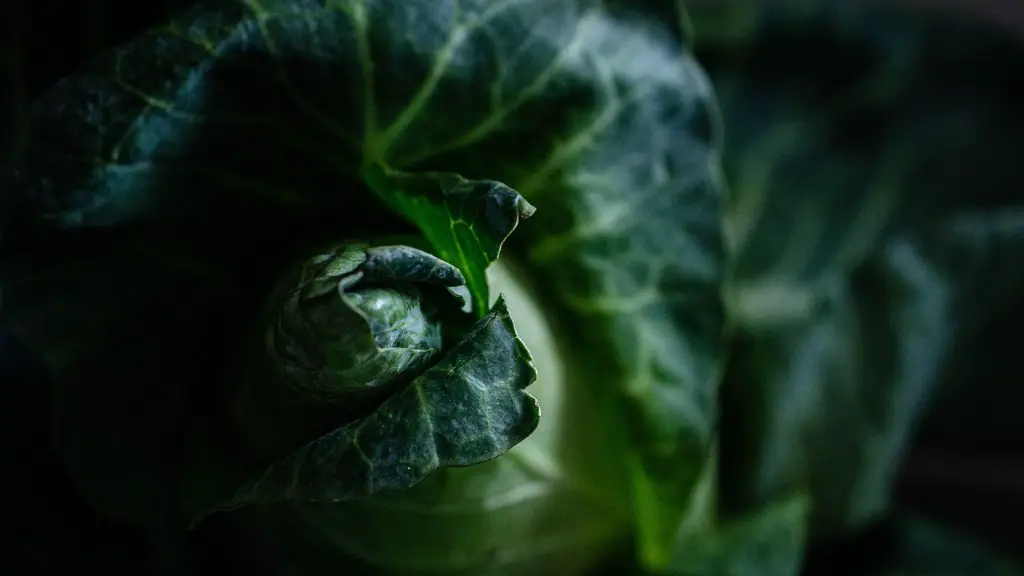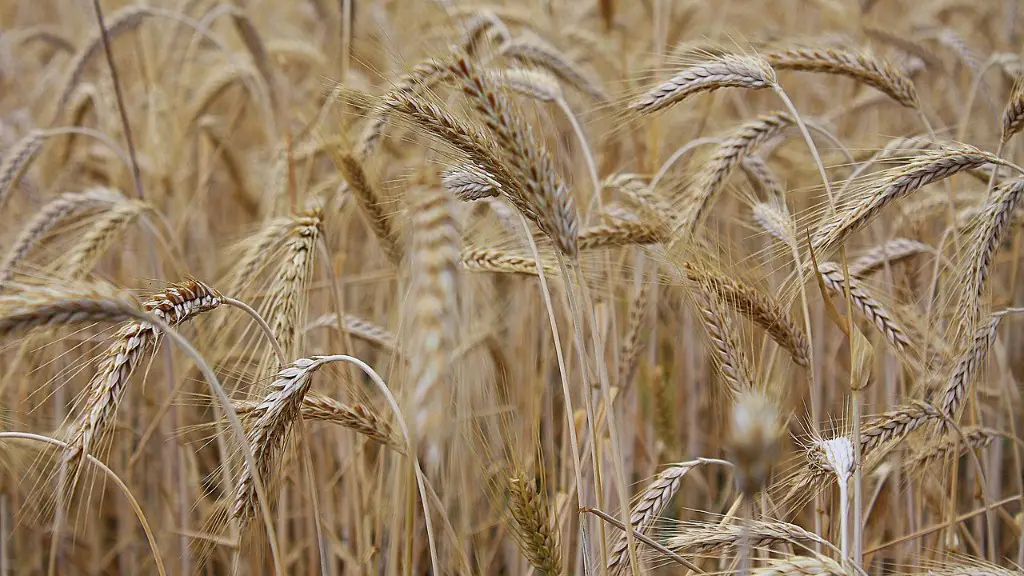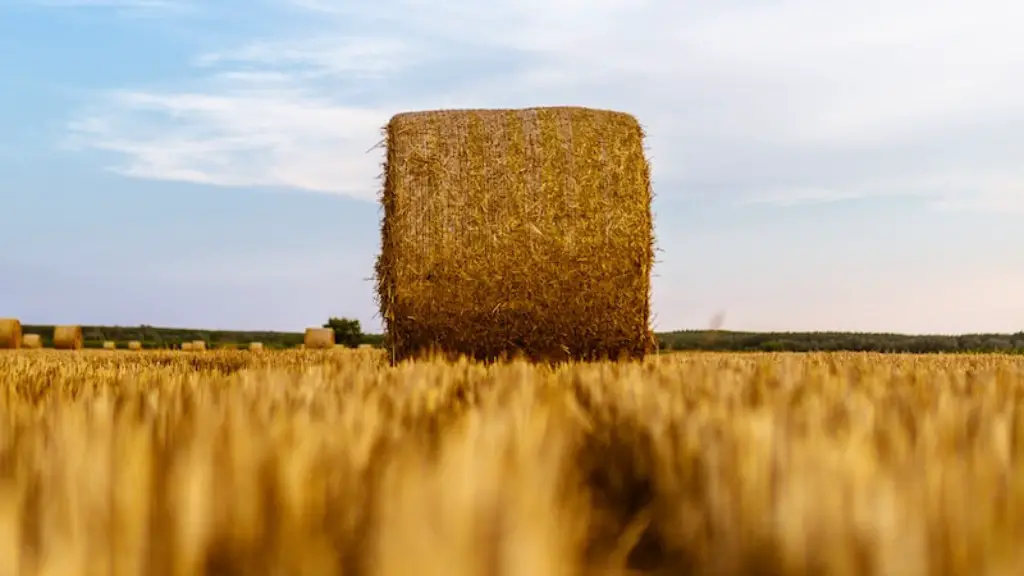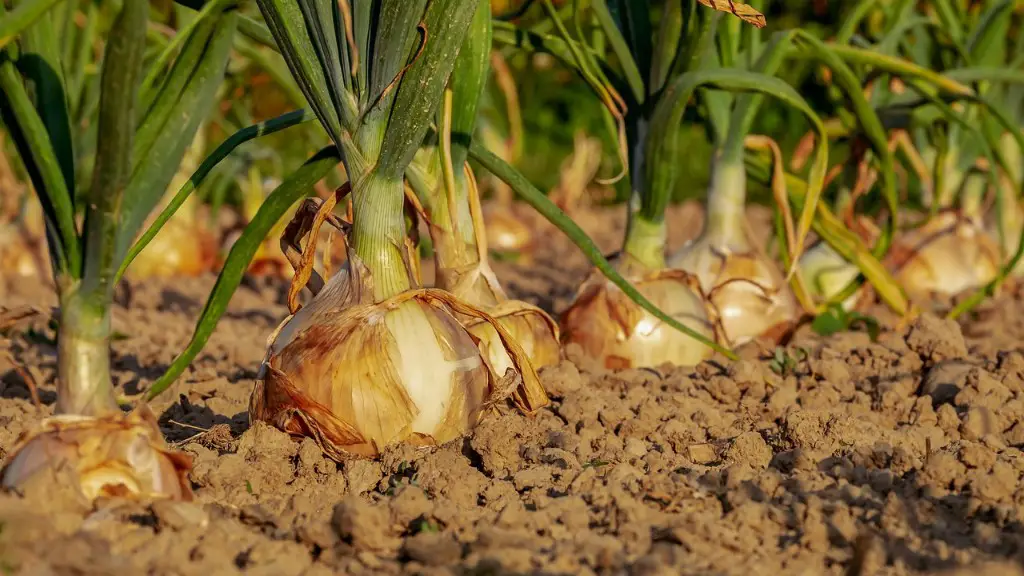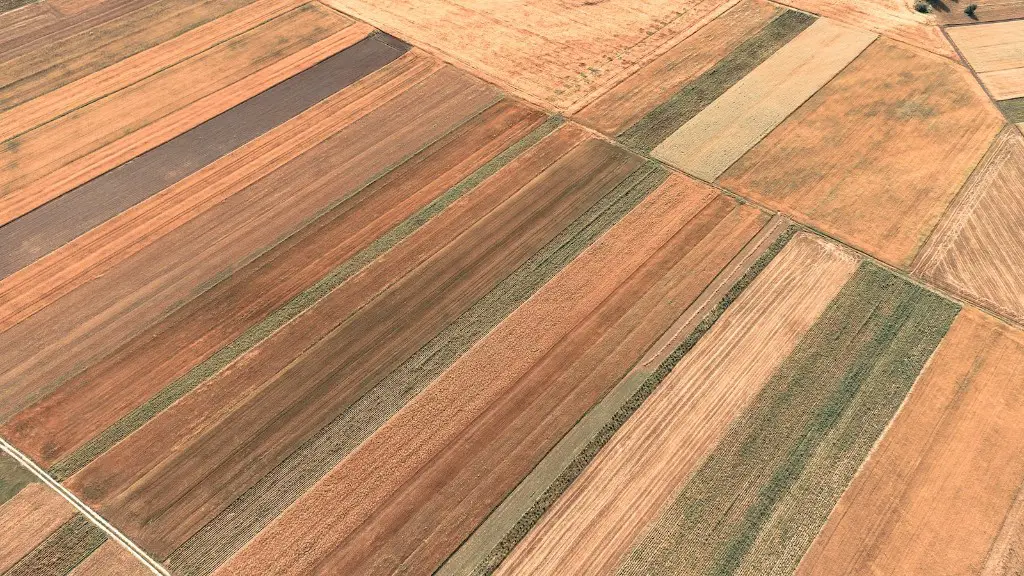Over the past few decades, sustainability has become an increasingly important topic in relation to agriculture. There are a number of ways in which agriculture can be made more sustainable, such as using more environmentally friendly methods of production, reducing wastage, and increasing the efficiency of resource use.
As the world population continues to grow, it is more important than ever to ensure that our food production systems are sustainable. With modern technology and advances in our understanding of the environment, there is no reason why we cannot produce enough food to feed everyone without damaging the planet.
There are a number of ways that agriculture can be made more sustainable. One way is to use more efficient irrigation methods, such as drip irrigation, to reduce water waste. Another way is to use cover crops and crop rotation to improve soil health and reduce the need for chemical fertilizers. Additionally, using more climate-friendly practices, such as no-till farming, can help to reduce emissions from agricultural activities.
How can we make agriculture more sustainable?
Sustainable agriculture practices are those that protect and improve the natural resources on which agriculture depends, while also providing economic and social benefits to farmers and other stakeholders.
There are many sustainable agriculture practices that farmers can adopt, including rotating crops, planting cover crops and perennials, reducing or eliminating tillage, applying integrated pest management (IPM), integrating livestock and crops, adopting agroforestry practices, and managing whole systems and landscapes.
Each of these practices can help to improve the sustainability of agriculture, but it is important to consider the specific needs and conditions of each farm and choose the practices that will work best in that particular context.
The basic goals of sustainable agriculture are to improve environmental health, economic profitability, and social and economic equity. This is often referred to as the “three legs of the sustainability stool.” Sustainable agriculture includes a wide variety of practices and production systems that are designed to meet these goals.
What is considered sustainable agriculture
The term sustainable agriculture means an integrated system of plant and animal production practices having a site-specific application that will over the long-term: Satisfy human food and fiber needs.
There is a need to develop high-yield crops in order to improve the productivity of agriculture. This can be done by using better irrigation techniques and by increasing the use of fertilizers. In addition, it is also necessary to improve market access, regulations, and governance in order to make agriculture more efficient and effective. Finally, the use of information technology and the adoption of genetically modified (GM) crops can also help in improving the productivity of agriculture.
What are the four ideas of sustainable agriculture?
Sustainable agriculture is a type of agriculture that focuses on producing long-term crops and livestock while protecting the environment. It involves preventing adverse effects to soil, water, biodiversity, surrounding or downstream resources—as well as to those working or living on the farm or in neighboring areas. Elements of sustainable agriculture can include permaculture, agroforestry, mixed farming, multiple cropping, and crop rotation.
Sustainable agriculture is an approach to food production that is environmentally sound, socially just, and economically viable. There are many different sustainable agriculture methods and farming practices, but some common themes include diversifying crops, using organic methods, and integrating farm animals into the farm ecosystem. Permaculture is a sustainable agriculture method that emphasizes working with nature, rather than against it. Biodynamic farming is another sustainable agriculture method that uses natural processes and cycles to optimize farm productivity. Hydroponics and aquaponics are two sustainable methods of growing plants without soil, and urban agriculture is a type of agriculture that is practiced in urban areas. Agroforestry and food forests are two more sustainable agriculture methods that focus on creating ecosystems that resemble natural forests.
Why should agriculture be sustained?
Sustainable agriculture is vital to ensuring that we can provide enough food, fiber, and fuel for a rapidly growing population while also protecting our environment. agricultural systems that are economically viable and minimize negative impacts on the environment.
The objectives of sustainable agriculture are to make the best use of the resources available, to minimize the use of non-renewable resources, to protect the health and safety of farm workers, local communities and society, to protect and enhance the environment and natural resources, and to protect the economic viability of farming operations.
What is sustainable agriculture give examples
Sustainable farming methods are those that have a positive impact on the environment, are efficient and help to preserve natural resources. Some sustainable farming methods include crop rotation, solar irrigation and drip irrigation. Using renewable energy sources and implementing energy efficiency measures can also help to make agroindustry operations more sustainable.
Sustainable agriculture is a complex and multi-faceted issue. The main components of sustainable agriculture include environmental resource protection, product quality, profitability of individual farms, policy questions related to the competitiveness of medium sized, family farms, and the viability of rural communities.
Sustainable agriculture must take into account the environmental impact of farming practices. This includes conserving water and soil resources, reducing pollution and greenhouse gas emissions, and protecting biodiversity. In addition, sustainable agriculture must also focus on producing high quality food products. This means producing food that is safe to eat, nutritious, and flavorful. Finally, sustainable agriculture must be economically viable. This means that farmers must be able to make a profit while still adhering to sustainable practices.
There are many challenges to sustainable agriculture. One of the biggest challenges is finding a balance between environmental protection and economic viability. This can be a difficult tightrope to walk, but it is essential in order to create a sustainable agriculture system. Another challenge is the competitiveness of medium sized, family farms. These farms are often competing against larger, more industrialized operations. It is important to level the playing field so that these smaller farms can survive and thrive. Finally, another challenge is the viability of rural communities. Often, rural
What are the five principles of sustainable agriculture?
Sustainability is a key principle for food and agriculture systems. By increasing productivity and adding value to food systems, we can create employment opportunities and improve livelihoods. We must also protect and enhance natural resources, and make communities and ecosystems more resilient to change. Finally, we need to adapt governance to new challenges.
Farmers are the backbone of any country and their productivity directly impacts the economy of the nation. There are many factors which affect the productivity of farmers, thus it is important to identify the main issues and work towards resolving them. Some of the key ways to improve farming productivity are discussed below.
One of the most important factors is the land reform. The government must provide farmers with quality land so that they can produce quality crops. Land reforms also help in providing irrigation facilities, which is a crucial requirement for agriculture.
planting more densely and planting a variety of crops is another way to improve productivity. This allows farmers to get more out of their land and also decreases the chances of pests and diseases.
Raised beds are another efficient way of farming as they allow better drainage and prevent soil erosion. They also help in getting more yield per hectare.
Smart water management is necessary to improve the productivity of agriculture. This includes using irrigation techniques such as drip irrigation and sprinklers.
Heat tolerant varieties are another way to improve productivity as they can survive in harsh conditions. This is especially important in regions with extreme weather conditions.
The use of nitrogen is also an important factor in improving agricultural productivity. Nitrogen is an essential nutrient for
What are three improvements to agriculture
Precision agriculture and robotic systems are revolutionizing the agriculture industry. These advanced technologies allow businesses to be more profitable and efficient while being safer and more environmentally friendly. Today’s agriculture routinely uses sophisticated technologies such as robots, temperature and moisture sensors, aerial images, and GPS technology to improve yields and decrease inputs. These systems are changing the way farmers operate and are opening up new opportunities for the agriculture industry.
The reaper was invented in the early 19th century and changed the way farmers produced food. The reaper is a mechanical device that can harvest grain quickly and efficiently. The thresher was invented in the early 18th century and is used to remove kernels from the straw. The steam engine was invented in the early 19th century and revolutionized transportation. The combine was invented in the early 20th century and is used to harvest and process grain. The automobile was invented in the late 19th century and changed the way people travel. The tractor was invented in the early 20th century and is used to plow fields and transport crops. Hydraulics were invented in the early 20th century and are used to lift and move heavy objects.
What are 5 benefits of sustainable farming?
Sustainable agriculture has many benefits that make it a great choice for farmers and consumers alike. Perhaps the most significant benefit is that it reduces costs by preventing pollution, saving energy, and preventing soil erosion. Additionally, sustainable agriculture is animal-friendly, promotes biodiversity, and improves food production with less waste and public health. These benefits make sustainable agriculture an attractive option for those looking to create a more sustainable future.
One way to increase agricultural yield per unit of land is to diversify to value added crops. This can be done by planting crops that are more valuable, or by planting crops that are more resistant to pests and diseases. Another way to increase agricultural yield per unit of land is to reduce costs, wastages, and pilferage. This can be done by using more efficient irrigation systems, by using moreefficient fertilizers and pesticides, and by using better storage facilities.
Final Words
There are many ways in which agriculture can be made more sustainable, such as using more efficient irrigation systems, promoting crop rotation, and using organic methods of pest control.
There are many ways that agriculture can be made sustainable, such as using organic methods, using less water, and rotating crops. However, it will require a concerted effort by farmers, policy makers, and consumers to make a real difference.
